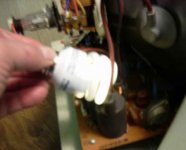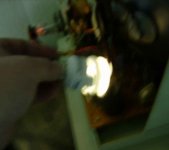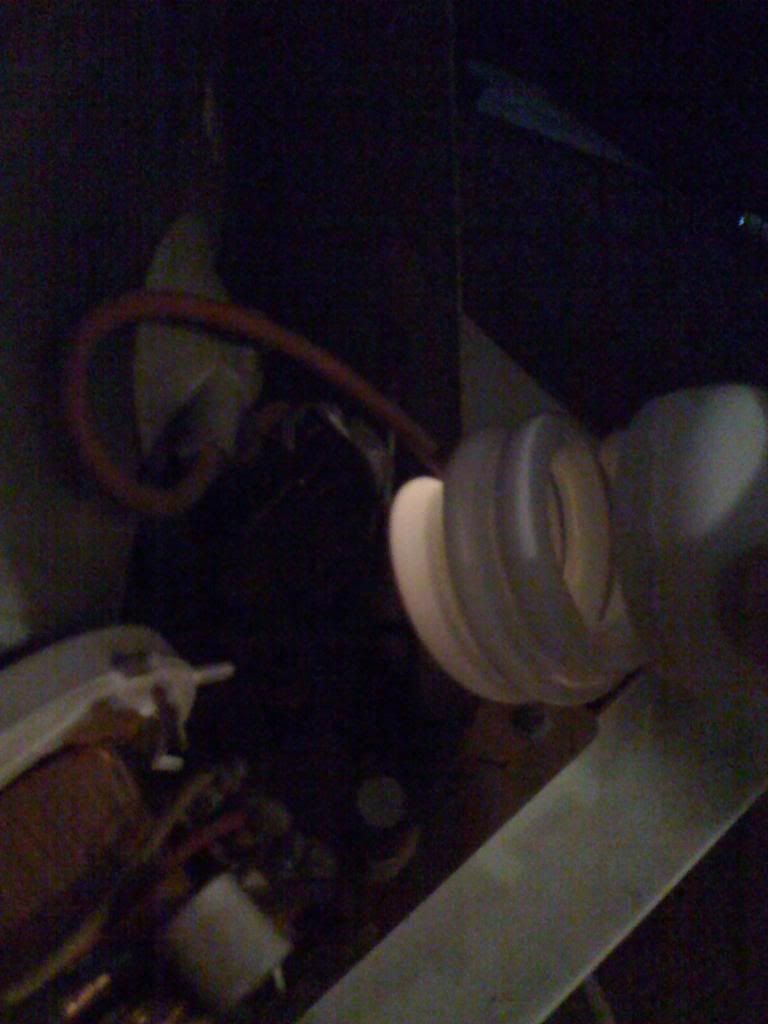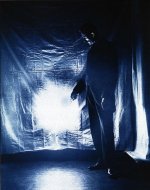int 21h
Experienced Member
Probably touched the middle pin then!
I was using the ground in the mains as an earth - although I had to move the probe to get contact so that's probably what led to the varying voltages.. I used a proper ground at work to get the 20V. I will double check it again today to be sure - the tube is still lighting so it's probably a contact with earth problem...
But yes, I will bring the machine out to this guy tomorrow and see if he can fix it... I'll report back after that!
I really appreciate the help so far guys Thanks
Thanks
I was using the ground in the mains as an earth - although I had to move the probe to get contact so that's probably what led to the varying voltages.. I used a proper ground at work to get the 20V. I will double check it again today to be sure - the tube is still lighting so it's probably a contact with earth problem...
But yes, I will bring the machine out to this guy tomorrow and see if he can fix it... I'll report back after that!
I really appreciate the help so far guys




